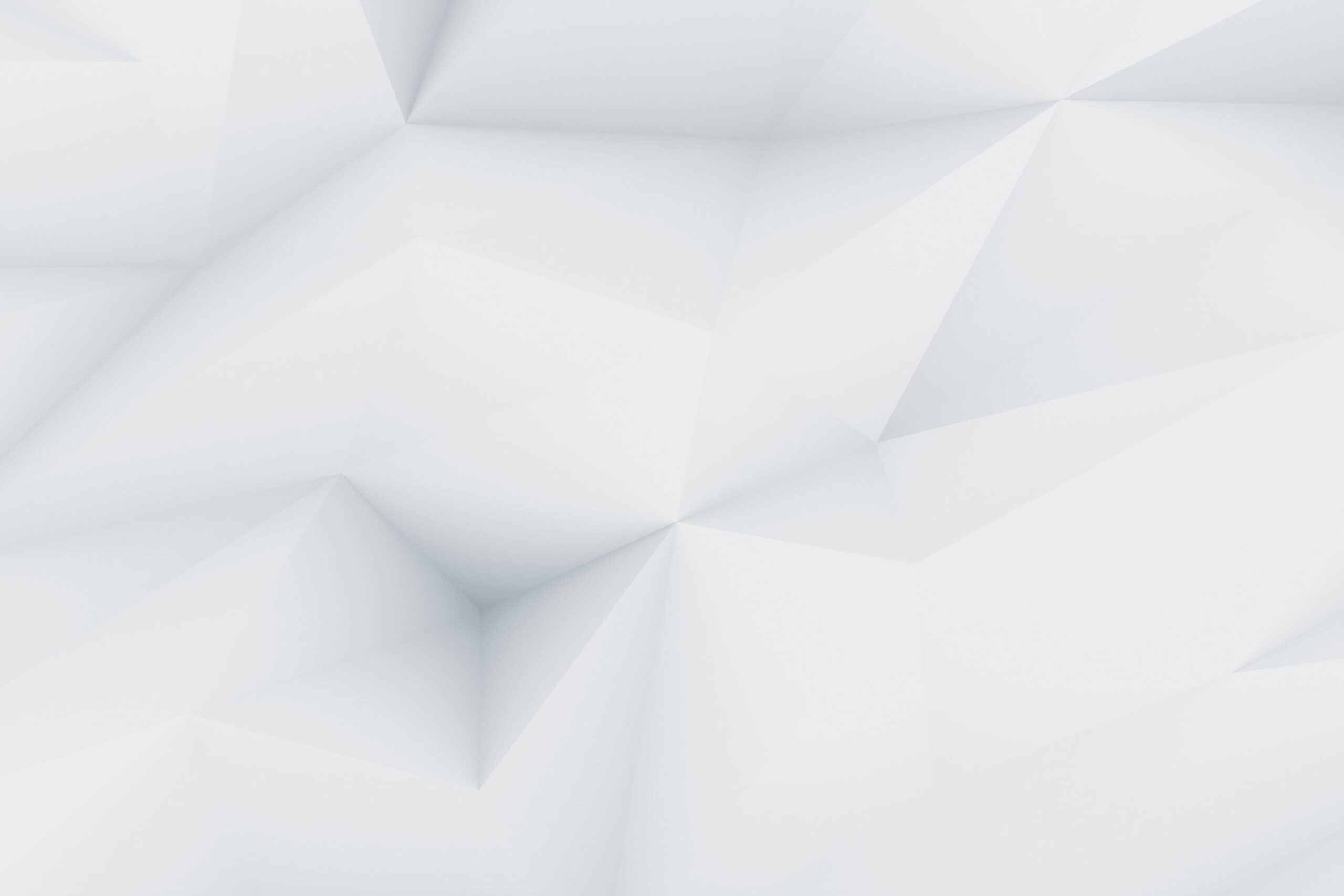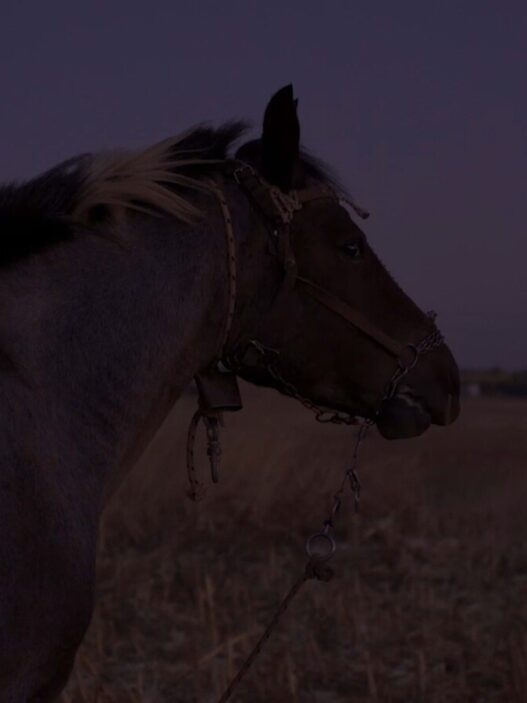From January 25 through April 23, 2023, the Swiss Institute presents Hall, an exhibition of work by Ser Serpas created in the decade since she moved from her homeland of Los Angeles.
Many of the works on display, which include new paintings, cooperatively made images, extracted pages from notebooks, and a rotting picture, are inspired by change and the appeal of transience. Serpas has worked in New York, Geneva, Tbilisi, and, most recently, Paris, and has studied how cities may affect one’s desires and transformations. Hall is the result of years of travel and is a study of bodies, movement, and creations with undetermined futures.
A fallen crimson wall from the gallery’s previous exhibition is recreated as a red carpet on the first floor of SI. The surrounding walls are covered in large murals of busts, torsos, and appendages. These people, faceless, anonymous, and presented against flattened backgrounds, disintegrate into melts of flesh, some of which are bloodied with splatters and pours. Paint drips into one another, sweat-like, revealing the artist’s rapid choreography. Serpas chooses her topics from images stored to her phone’s camera roll, as well as apps and websites where cosmetic surgery patients post photos of their bodies to seek advise on procedures.
Another figure, painted in 2018, is propped up in a vitrine in the corner. Curdled is the grisaille portrait of a person hugging a falling slip dress to their chest. This painting is beginning to crumble after being infused with latex, nail polish, coffee, and other unknown liquids.
Serpas has created a number of freestanding sculptures from abandoned things collected on the streets of towns where she has been asked to display her work in recent years. In a private performance, the artist athletically arranges various types of trash in galleries, kept together only by gravity and destroyed after their display. This activity of assembly and deconstruction is depicted in evocative pictures made by artist Rafik Greiss in Paris: on the street, in the studio, in a junkyard, and in a forest on the outskirts of the city for her exhibition at SI. Greiss’s near-still life combine official documentation and fashion editorial approaches, with Serpas in modified jumpsuits circling her inventions. These images adorn a fake wall that hides the street-facing windows of the gallery, dominating SI’s own architectural body as it ascends through the ground level to the exhibition above.
The artist’s Moleskine journals, stolen from stores and irregularly filled during her years as a Columbia University undergraduate, have been deconstructed on the second floor, where the wall and images continue to rise. The pages, which have never been seen by the public before, contain dry observations, amusing illustrations, pop lyrics, and manifestos. A glossy kiss is used to sign some pages. Serpas sees the journals as a “nervous system” for her later profession. The inky script of a tattoo, a name, travels down the subject’s arm in this archive’s painted backdrop.
In the adjacent reading area, the artist’s books are on display.
This exhibition is organized by Daniel Merritt, Curator and Head of Residencies.
Ser Serpas (b. 1995, Los Angeles) lives and works between New York, Paris and Tbilisi. She has had solo exhibitions internationally, including at LUMA Westbau, Zürich; Ludlow 38, New York; and Quinn Harrelson/Current Projects, Miami. Selected group exhibitions include SIREN (some poetics), Amant, New York; The Puppet Show, Centre d’Art Contemporain Genève; Oxygen Biennial 2021—Rites of Passage, Tbilisi; Dora Budor: Autoreduction, Progetto, Lecce; Ouverture, Pinault Collection, La Bourse de Commerce, Paris; and Made in LA 2020, Hammer Museum, Los Angeles. She has published the following books: Guesthouse, Kona Books, Tbilisi (2021); Carman, Based on the Opera, König Books, London, UK (2018); Shade the King, Capricious, New York; amores perros, Publishing House, New York (both 2017). During her exhibition at SI, Serpas will release By the Highway, a book made in collaboration with Rafik Greiss with an essay by Dora Budor, published by Distanz, Berlin.
Alfatih: Day in the Life
Day in the Life, the first exhibition in the United States by Swiss artist Alfatih, comprises a freshly commissioned CGI animation video depicting a day in the life of a grown-up infant.
A one-way mirror wall divides the exhibition space. On one side, guests see a projected video that is reflected in the mirrors. On the opposite side, there is a glass through which you can see the film and the space where it is shown. Each side of the gallery can be reached via the front staircase or the back hallway using the back staircase or elevator. These two distinct worlds create a barrier between observer and observed, gamemaster and player.
Over the course of a narrated, abridged 24 hours, we watch the baby move through its daily routine and rituals, including sleeping, drinking coffee, working on a laptop, reading, and playing the piano, in the film, scripted by AI with prompts from the artist and scored by musician and theorist Tapiwa Svosve. Observing the infant as it passes the time with various acts and choices may give us a sense of fulfillment, our own desire to be productive gratified as it grows and learns quickly. Time stamps demarcate each repeated action of the monotonous day, reflecting the solitary life’s silent gloom. In a never-ending loop of adult activities, the baby expresses a wish to be noticed, and we watch.
Alfatih wishes to thank: Tapiwa Svosve, Alison Coplan, Christine Egaña Navin, Theodoulos Polyviou, Samira Osman, Mohamed Almusibli, Deborah Joyce Holman, Iacopo Spini, Johanna Odersky, Damián Navarro, and François Kohler.
This exhibition is organized by Senior Curator and Head of Programs, Alison Coplan.
Alfatih (b. 1995, Switzerland) lives and works in Switzerland. He has presented interactive, installation and video works in institutions and spaces such as Kora Arts Center, Castrignano (Italy); Musée cantonal des Beaux-Arts, Lausanne (Switzerland); Fri Art Kunsthalle, Fribourg (Switzerland); Swiss Institute, New York (US); Haus der Elektronische Kunst, Basel (Switzerland) and Swissnex, San Francisco (US).
Swiss Institute
38 St Marks Pl
New York, NY 10003
USA
T +1 212 925 2035
info@swissinstitute.net




















